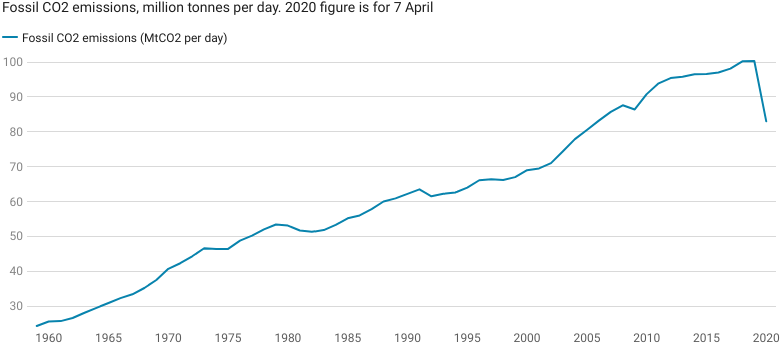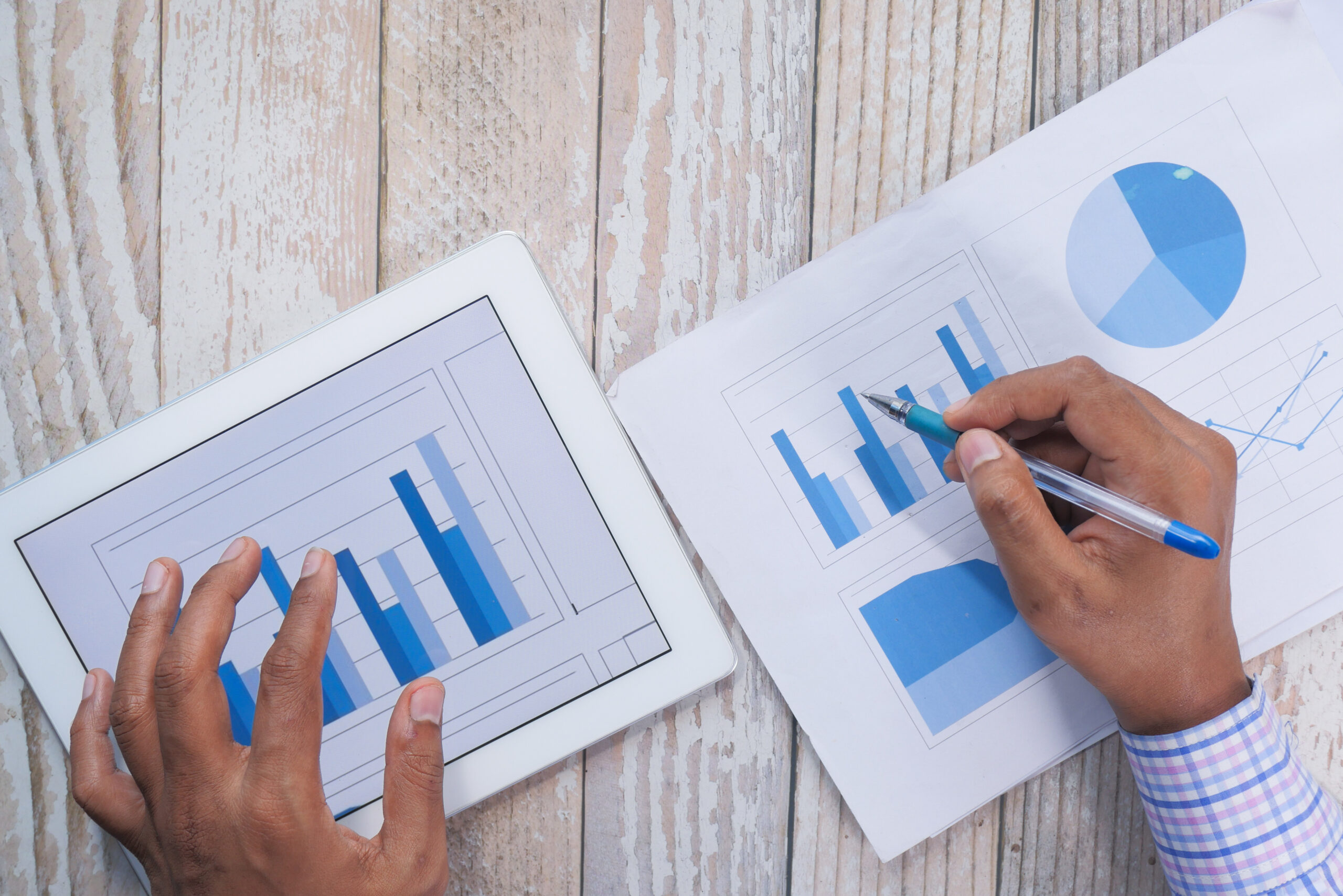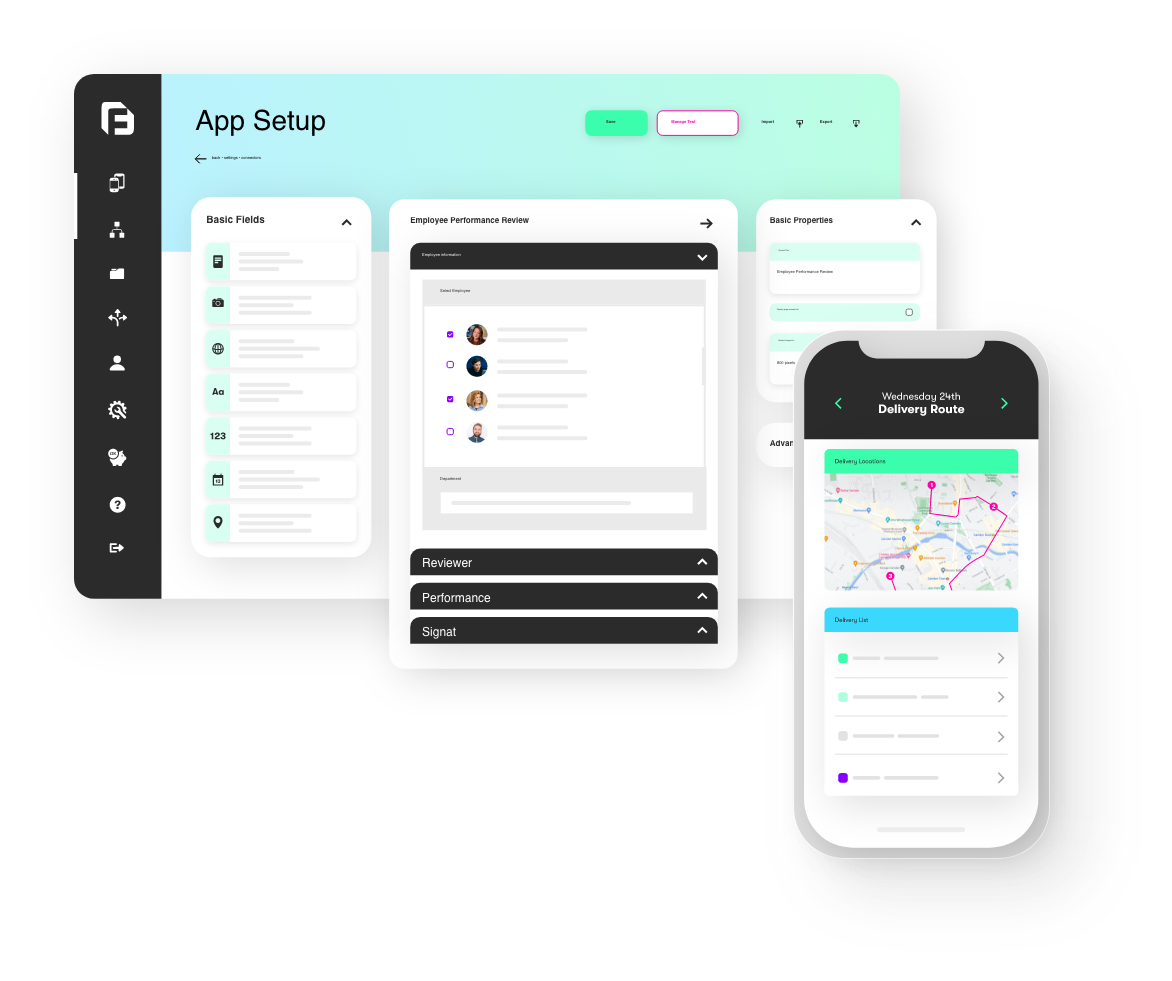There are so many reasons to go paperless, saving money, staying connected, helping the environment, reducing your carbon footprint… I could list many more reasons that you already know so I won’t bore you with repeating what’s been said many times before.
There is a new reason that going paperless has suddenly become a hot topic of conversation, COVID-19. Yep, that pesky disease that’s spreading across the world can also survive on paper for between 1 and 5 days. Having face-to-face meetings, shaking hands to greet one another, hugging a family member, this all used to be normal in everyday life. This is the old ‘Normal’. Will we ever go back to doing ‘Normal’ things again? Hopefully we will, but for now we need to figure out what’s next and how to move forwards.
We don’t know what this ‘New Normal’ will look like as scientists currently don’t fully understand the disease and it’s differing strains. What we do know is that consumer interests and expectations are changing, purchasing behaviour is fluctuating almost daily and business priorities are evolving. So how do we prepare for an environment that has no definition yet? Rather than this being a ‘crisis’ and something we have to prepare for, this could, if we choose, also be a huge opportunity for change that we can all help shape and define.
Getting work done, remotely.
A lot of businesses have realised their systems and processes are just not designed to go paperless or for remote and distributed working, while others have just carried on without missing a beat. For those businesses who are not “cloud native”, having digital tools that don’t work well remotely can quickly become a problem that spirals out of control. Inevitably, employees will become creative and start using apps normally used in their private lives, for work.
Why is that a problem? Company data, some of it likely confidential, finds its way into systems not controlled or governed by the company’s IT and security teams. This becomes an unintentional, or “soft” data leak. Not malicious, just an unintended side effect of not having the right tools for the job. This will have implications for regulatory compliance and privacy laws like HIPPA, GDPR and CCPA. In addition to this if an employee leaves for whatever reason, access to that data will likely be lost as well.
So how do you tackle a problem like this? You could introduce apps ad-hoc like Skype, Zoom, Dropbox, the list is endless. A lot of these apps are great and excel at what they do best. But they are still separate entities, each requiring separate administration. If you’re happy with the extra administrative and security burden this approach comes with, then you’re good to go! Or, if you’re looking to reduce your administrative burden and centralise user and data management, device security, and control access to apps and documents, you could look at something like G Suite from Google.
G Suite brings together strong data security, device security and user management, with all the tools you need to work effectively as a team remotely or in the office. For employees, Voice and video calling, real time document collaboration, secure email, shared calendars. Everything you need to stay productive and in contact with your team, wherever you are. For IT and security teams, fine grained user and device management, data retention and archiving policies, robust security features. Everything you need to secure your data and manage your remote teams. Of course, G Suite along with Google BigQuery are also fully integrated with forms2mobile.
Reducing unhealthy physical contact.
As parts of the world slowly come out of lockdown, businesses are also looking to minimise unnecessary human contact to reduce the risks of infection. This could mean continuing to allow some employees to work from home, thus reducing headcount in the office without reducing overall headcount. Jack Dorsey, CEO of Twitter recently announced that all employees would be able to work from home from now on. This just goes to show that even some of the worlds largest companies can operate successfully without the need for expensive office overheads. Even for a small business with a handful of employees that could amount to a massive annual saving.
But what about those businesses where face to face contact is a necessity? Office teams still need to dispatch jobs, engineers still need to visit customer sites, deliveries need to be made, audits still need to be completed. There are many industry roles that require face to face contact and a lot of these will involve the transfer of paper from one person to another, and possibly others beyond that too!
Picture a maintenance engineer, they pick up their job sheet from the office, go to their customer site and complete the job. They hand the job sheet to the customer for a signature which is then passed back to them, they then return to the office and hand that same job sheet back to their dispatcher for keying into the back end system. Finally, another person will file that piece of paper. That’s a lot of different hands that piece of paper has been through.
You can eliminate paper from this face to face workflow by using phones, tablets or laptops with mobile forms software.
Whoa there! If a virus can be passed from one person to another by paper, surely it can also be passed by touching a phone or a tablet? Well, yes, that’s absolutely true. However, try using sanitizer gel or anti-bacterial wipes on a piece of paper. That piece of paper isn’t going to last long and probably won’t make it back to the office and still be legible.
This is where mobile forms software really shines through. There are many different types of mobile forms software on the market. Some have a small number of features and are great for quick form filling. Others, like forms2mobile, include many advanced features, like job dispatch, workflowing form completion from one user to another and full integration with your existing systems. That’s a great way of eliminating many of those physical touch points where infections can be spread, and also allows for use of sanitizer gels where the touch point can’t be eliminated.
The environmental impact.
This is clearly an opportunity for change and we can change for the better. Rather than simply “returning to normal”, what if we moved forwards instead?

A new study in the journal Nature Climate Change has found that daily CO2 emissions between January and April 2020 declined 17% compared to the same period in 2019. The study continues it’s analysis and suggests that emissions could decline between 4.4% and 8% by the end of the year. While this trend is unlikely to continue, it is something we should all keep in mind when planning for the future.
Final thoughts.
As the old proverb says “Necessity is the mother of invention”. As we navigate this new reality together, why not take the time to reevaluate how your business functions and explore new approaches.
Image source : @brenna_quinlan
Now could be a perfect time to design a new way forwards, let’s start to build a “new normal” and re-balance our work and personal priorities, time to move forwards instead of returning to old ways.
Stay safe, stay strong, and have the courage to act even when the outcome is less than clear.



